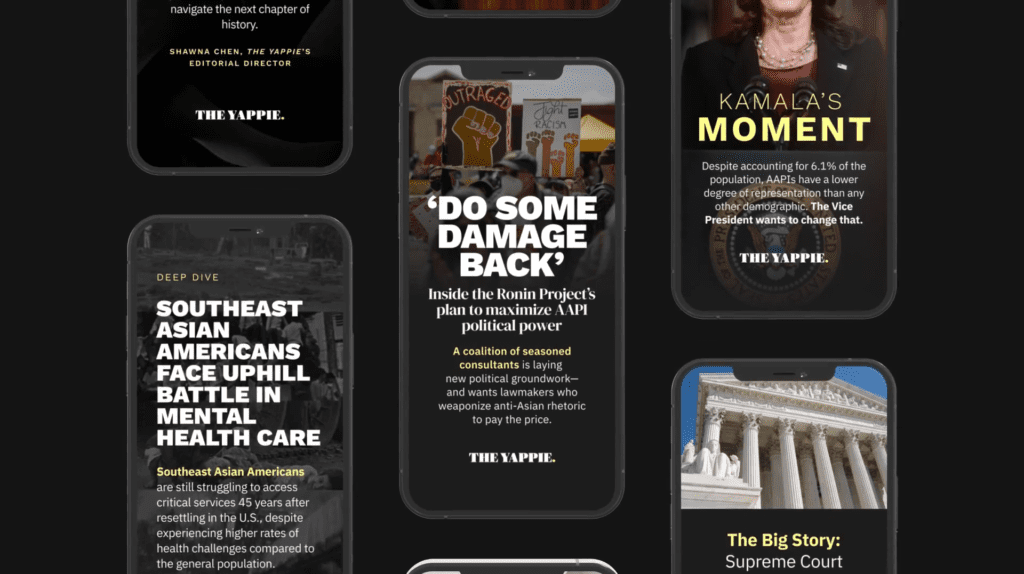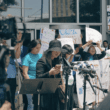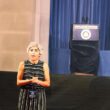The Democratic Congressional Campaign Committee’s (DCCC) Independent Expenditure arm announced its first-ever Asian cable television ad buy Wednesday, reserving $45,000 in initial airtime targeting Vietnamese Americans voters in California.
The initial ad buy — which starts in early September — will be made on the Vietnamese language outlet VietFace TV and marks the first time the DCCC has made television reservations specifically targeting Asian American and Pacific Islander (AAPI) voters. It also comes after the DCCC released its first-ever Hindi and Chinese language digital ads in Texas last month.
Vietnamese Americans make up the fourth largest AAPI ethnic group in California with nearly 778,000 people, according to APIAVote’s most recent California factsheet. There are more than 200,000 Vietnamese Americans residing in Orange County, and the county’s Little Saigon district is home to nearly 4,000 Vietnamese businesses.
The ads are set to be placed and produced by AAPI- and women-owned media firm Intertrend, and will likely focus on policy areas most prioritized by AAPI voters, such as health care and the economy.
“When we said we were going to earn every vote, we meant it, and we are proud the DCCC IE is partnering with an AAPI-owned and operated firm as we communicate with AAPI voters who will be critical in suburban districts across the battlefield,” AAPI media adviser Darwin Pham tells The Yappie. “The top priorities for AAPI voters — affordable health care, rebuilding an economy that works for all, and education — are all at stake in this election, and we are going to communicate to them in [their] language, online, in print, and now on ethnic TV outlets to leave no voter behind.”
As AAPIs continue to grapple with coronavirus-related hate crimes, economic insecurity, and unprecedented rates of anxiety and depression, Vietnamese Americans in California face some of the pandemic’s hardest hits.
POLITICO reported in July that the state’s nail salon industry — dominated by first-generation, women Vietnamese immigrants — was crippled by multiple shutdowns, with thousands of businesses forced to close permanently. U.S. Census Bureau data shows Vietnamese Americans owned close to 15 percent of AAPI-owned firms in 2007.
In May, California Governor Gavin Newsom (D) told reporters that the first case of community-spread occurred in a nail salon. Vietnamese Orange County community leaders said they worried that the statement could add fuel to growing xenophobia and anti-Asian sentiment, according to the Orange County Register.
According to the 2018 Asian American Voter Survey, Vietnamese American voters leaned towards Republican candidates in 2018 House races. Although Vietnamese Americans are traditionally viewed as a bastion for Republicans, Democrats contend that the demographics are shifting in their favor, especially among women and those under 50.
Early polling from AAPI Data indicates that around 1 in 6 Asian American registered voters are still persuadable, and that a “vast majority […] have not yet been contacted by either of the two major parties.” Full results from the 2020 Asian American Voter survey will be released in September.









